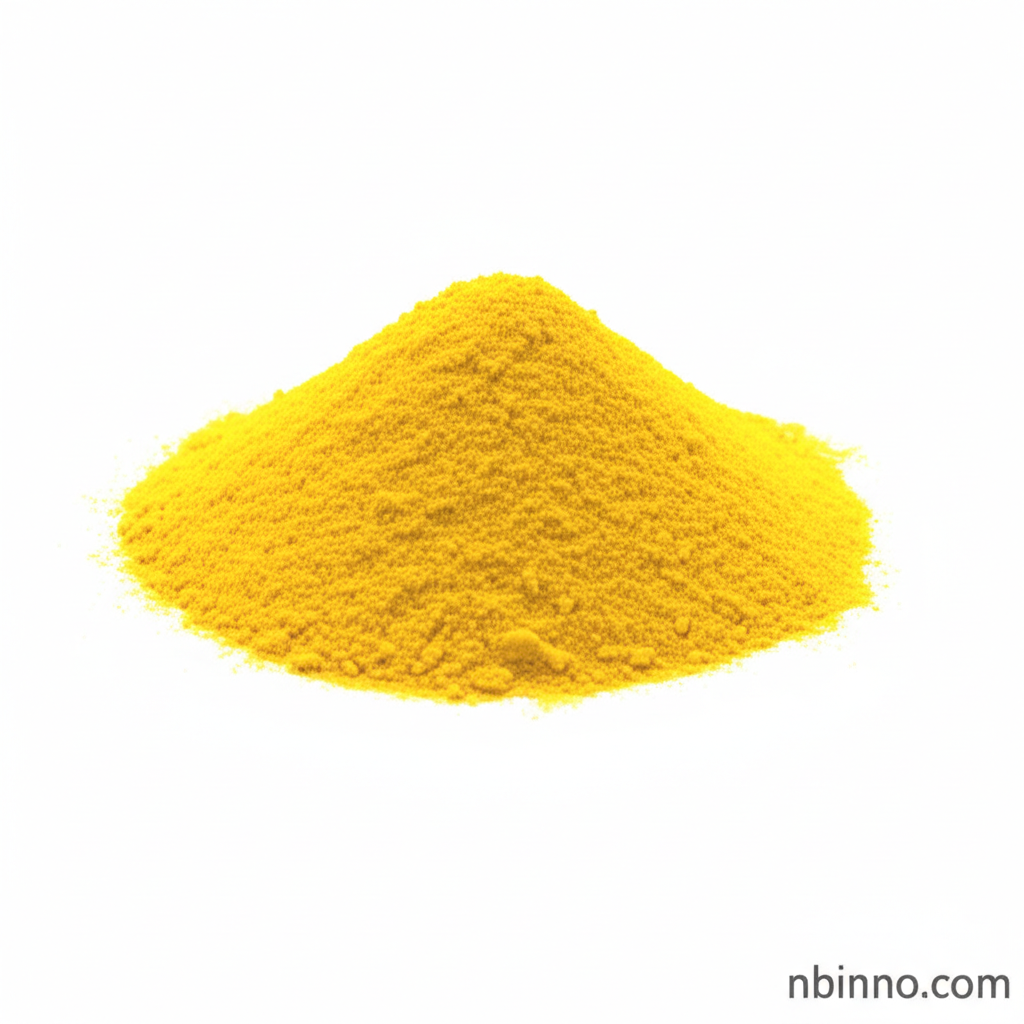Anthracene-9,10-dinitrile (DCA): Synthesis, Properties, and Applications
Explore the world of Anthracene-9,10-dinitrile (DCA), a key compound in advanced organic synthesis and material science.
Get a Quote & SampleProduct Core Value

Anthracene-9,10-dinitrile (DCA)
Anthracene-9,10-dinitrile (DCA) stands as a vital component in the realm of organic synthesis and advanced materials. Its unique molecular structure and properties make it an indispensable intermediate for creating novel compounds and functional materials.
- Discover the synthesis of fused aromatic compounds like Anthracene-9,10-dinitrile, a critical step in advanced materials development.
- Explore the key chemical properties of DCA, understanding its role as a versatile organic synthesis material.
- Delve into the applications of OLED materials precursors, where Anthracene-9,10-dinitrile plays a pivotal role in technological advancements.
- Learn about various metal-catalyzed anthracene synthesis methods, showcasing the innovative approaches to producing complex organic molecules.
Advantages of Using DCA
High Purity for Precision Synthesis
With a purity of 97% Min., DCA ensures precise outcomes in complex organic synthesis, crucial for advanced materials.
Versatile Applications
DCA serves as a key intermediate, finding utility in a broad spectrum of applications from OLEDs to specialized catalysts, supporting innovative research.
Catalytic Sensitivity
Its role as a catalyst for sensitizing photosensitive oxidation highlights DCA's unique photochemical properties, opening doors for new optoelectronic applications.
Key Applications
Synthesis Materials Intermediates
DCA is fundamental for the synthesis of a wide array of organic compounds, acting as a building block for more complex molecular structures in materials science.
OLED Materials Precursors
Its photophysical properties make DCA a valuable precursor in the development of Organic Light-Emitting Diodes (OLEDs), contributing to advancements in display technology.
Photosensitive Oxidation Catalysis
As a catalyst for sensitizing photosensitive oxidation, DCA plays a role in photochemical processes, vital for specialized chemical transformations.
Research in Advanced Materials
The study of dicyanoanthracene applications is ongoing, driving innovation in areas like organic electronics and functional polymers.
